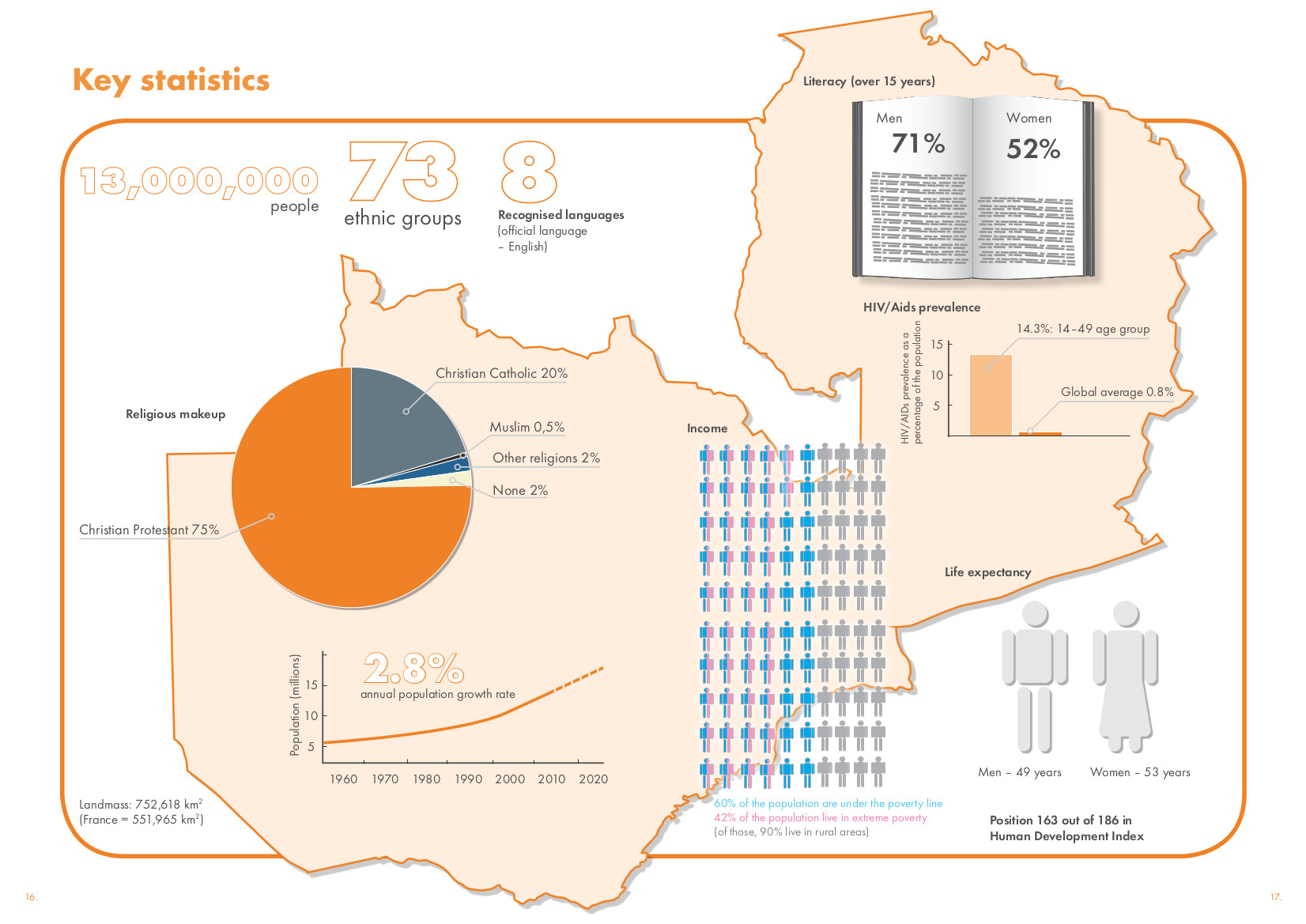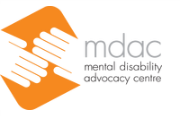4(A). Zambia
2014 marks the fiftieth anniversary of Zambia’s independence in October 1964. It is a large country, with a landmass of 752,618 km2 (for comparison, France has 551,695 km2). It has a population of just over 13 million people (51% female), growing at 2.8% annually.6 There are 73 ethnic groups, and seven recognised local languages in addition to the official language, English.7 The Constitution declares the country a Christian nation, with 75% of the population declared Protestant and 20% Catholic. Half a percent (0.5%) of the population are Muslim, two percent (2%) other religions and just under two percent report no religion.8 61% of the population live in rural areas,9 making Zambia one of the most urbanised countries in sub-Saharan Africa. The literacy rate of people over 15 years is 61%, with a stark gender differential: 71% of men can read and write, but only 52% of women.10
Zambia is a lower middle-income country,11 located at position 163 out of 186 countries worldwide in the 2012 UN Human Development Index.12 Economic growth has not resulted in significant poverty reduction: 60% of people live below the poverty line and 42% live in extreme poverty.13 90% of those living in extreme poverty live in rural areas.
Life expectancy is low: 49 years for men and 53 for women.14 The HIV/AIDS prevalence has dropped one percentage point recently to 14.3% among the 15-49 age group, meaning that the target of Millennium Development Goal number 6 has been met.15 The rate is still high, and has resulted in an increase of single-parent households, children living without parental care and poverty. HIV likely increases the need for mental health support, and a study on mental health stigma in Zambia noted a connection with the stigma associated with HIV.16 Another factor that increases demand on mental health services is the influx of refugees and integration of ex-refugee groups due to political instability in neighbouring countries.

6 Republic of Zambia, Central Statistical Office, Zambia 2010 Census of Population and Housing: Preliminary population figures (Lusaka: CSO, 2011).
7 The Republic of Zambia, National Cultural Policy (Lusaka: Ministry of Community Development and Social Services, 2003).
8 Republic of Zambia, Central Statistical Office, Zambia 2010 Census of Population and Housing: National Analytical Report (Lusaka: CSO, 2012).
9 The Republic of Zambia, National Cultural Policy. June 2003.
10 The World Bank, World Development Indicators: Education completion and outcomes (2014)
11 The World Bank, Data: Zambia (2012).
12 United Nations Development Programme, Human Development Index and its Components (2012).
13 The World Bank, Zambia Overview (2014).
14 Central Intelligence Agency, The World Factbook (2013 estimates).
15 The target is to keep HIV prevalence below 15.6%. See United Nations Population Fund Zambia, Preventing HIV and AIDS (UNFPA Zambia, 3 January 2013).
16 Augustus Kapungwe et al., MHAPP Research Programme Consortium, “Mental illness – stigma and discrimination in Zambia”, African Journal of Psychiatry 13 (2010): 192–203.

